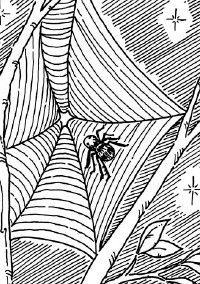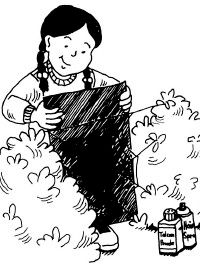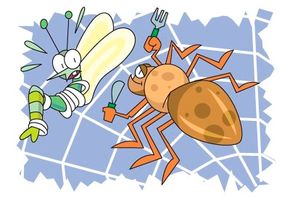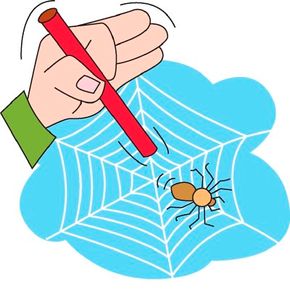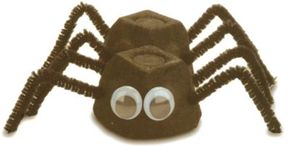They're creepy and crawly -- do you have the courage to learn more about spiders in these spider activities?
There are many species of spiders, and they are found all over the world. Spiders produce silk that they use to catch bugs, usually by spinning a beautiful web.
Advertisement
On the following pages, you'll learn spider activities that will teach you more about the bugs themselves and the webs they weave.
Find out how to take really cool pictures of spider webs using a few simple items that you will find around the house.
Learn how to capture and preserve a delicate spiderweb so that you can study it carefully.
If you've got a flashlight, you're ready to go spider sniffing. Read about techniques for tracking spiders that help you see more spiders than ever.
This last spider activity must be done very carefully. Follow the directions on this page to learn how to stimulate spiders.
This last craft is sillier than it is scary. Learn to make a funny decorative spider craft.
Ready to learn all about these eight-legged creatures? On the next page, you will find out how to take great pictures of spiderwebs.
Find more fun activities and craft ideas on the following pages:
Advertisement

